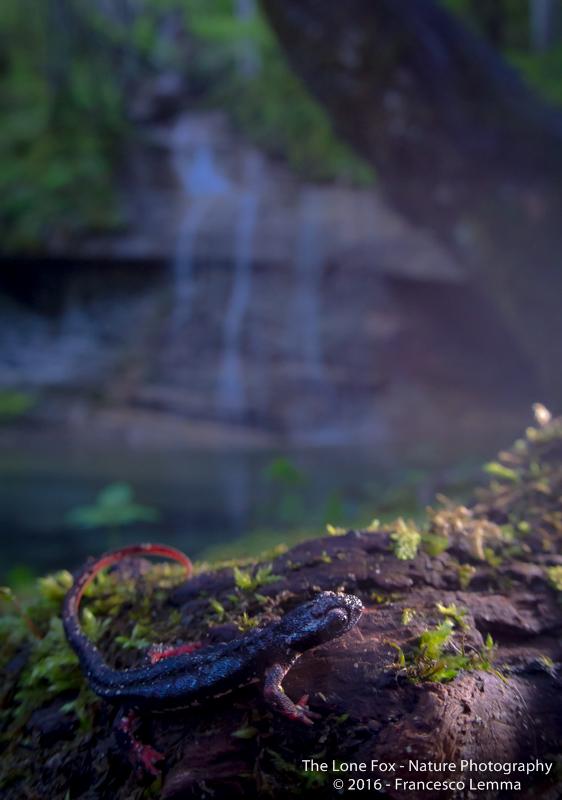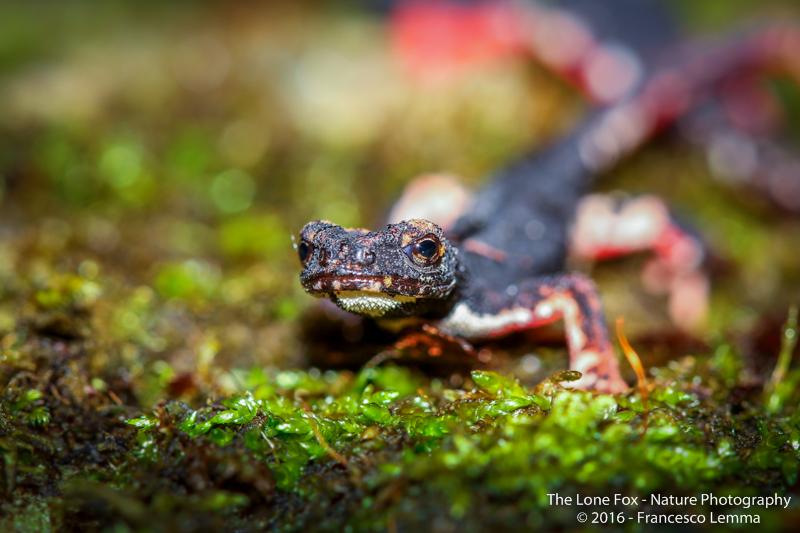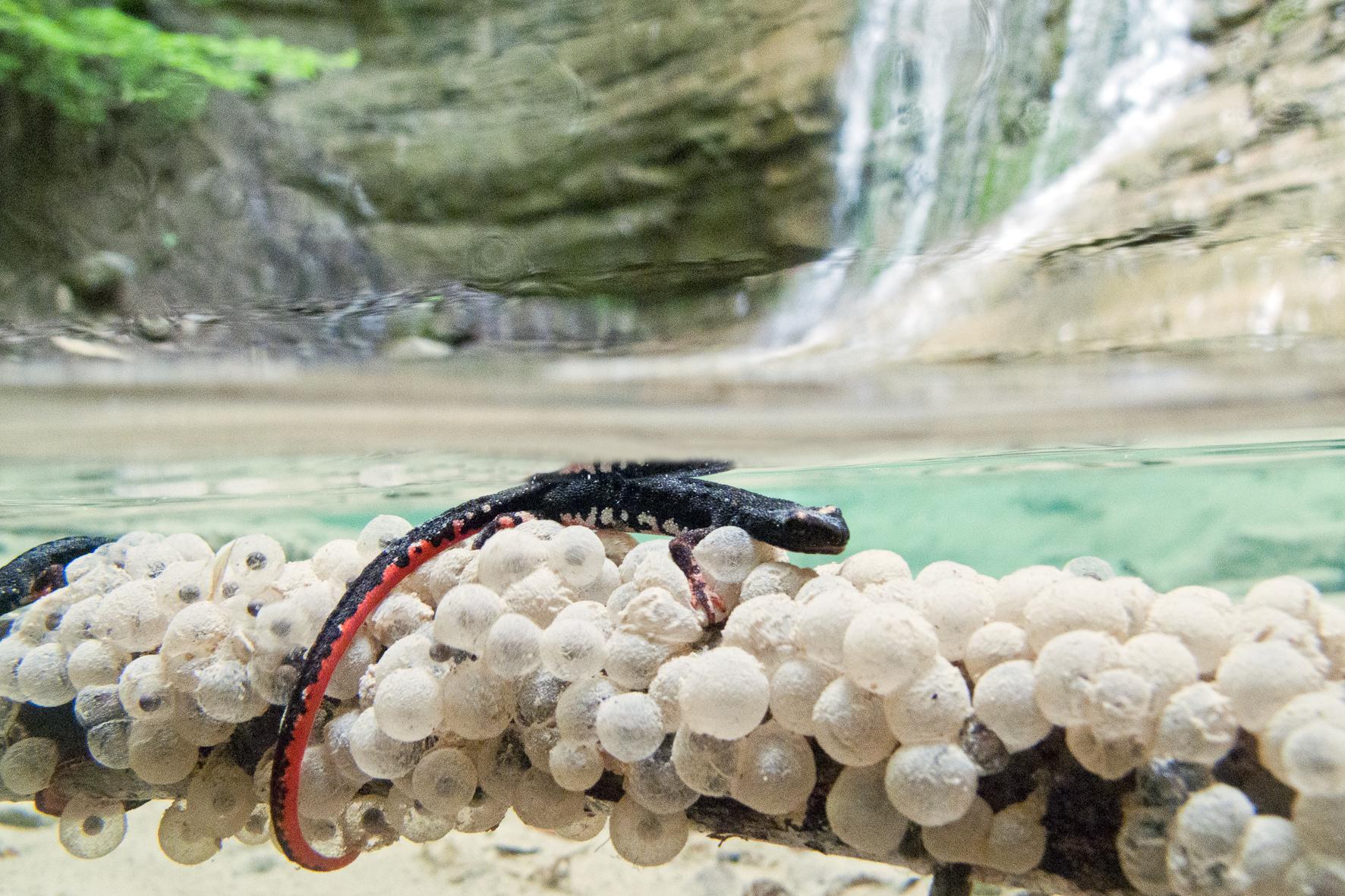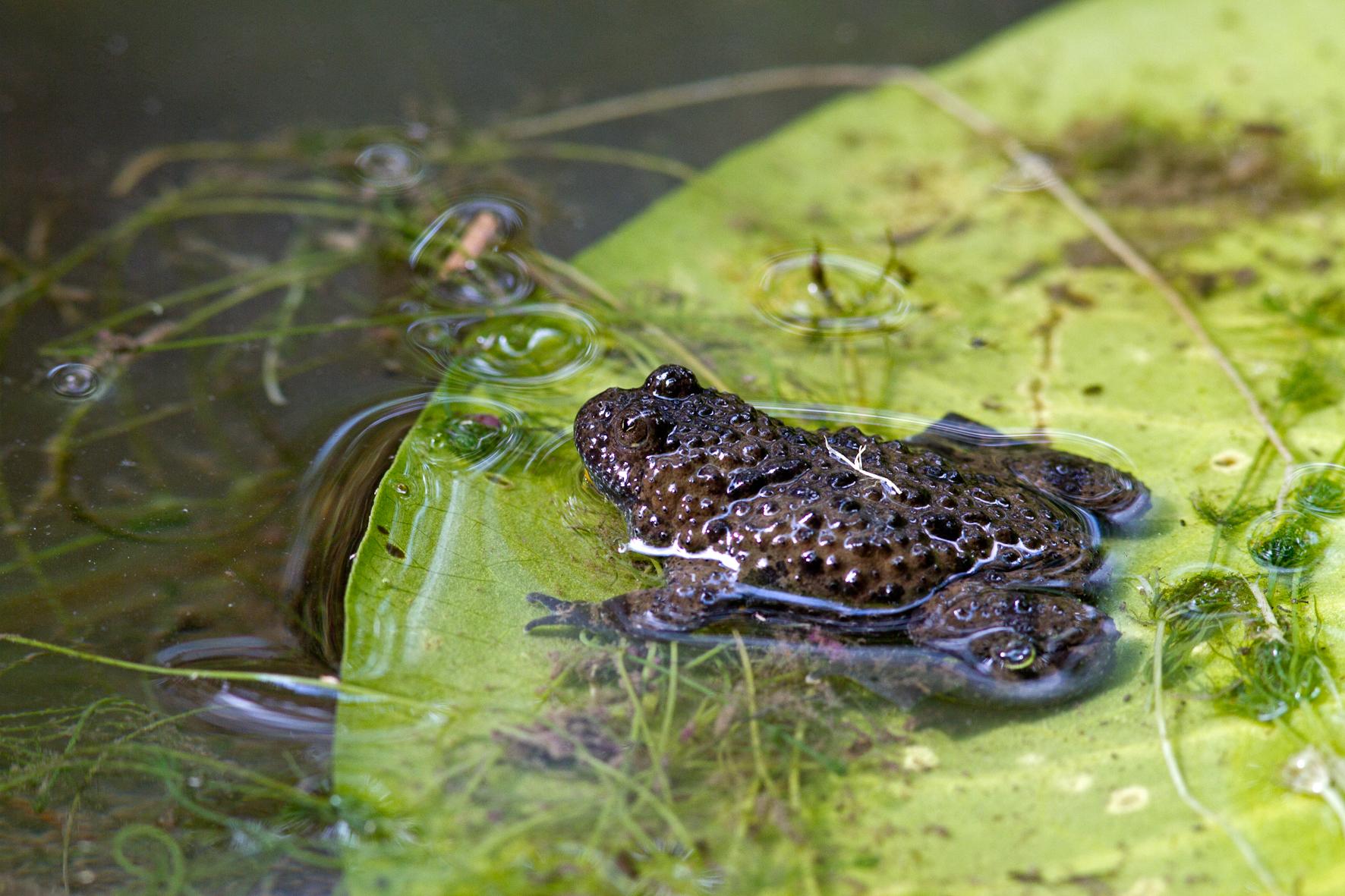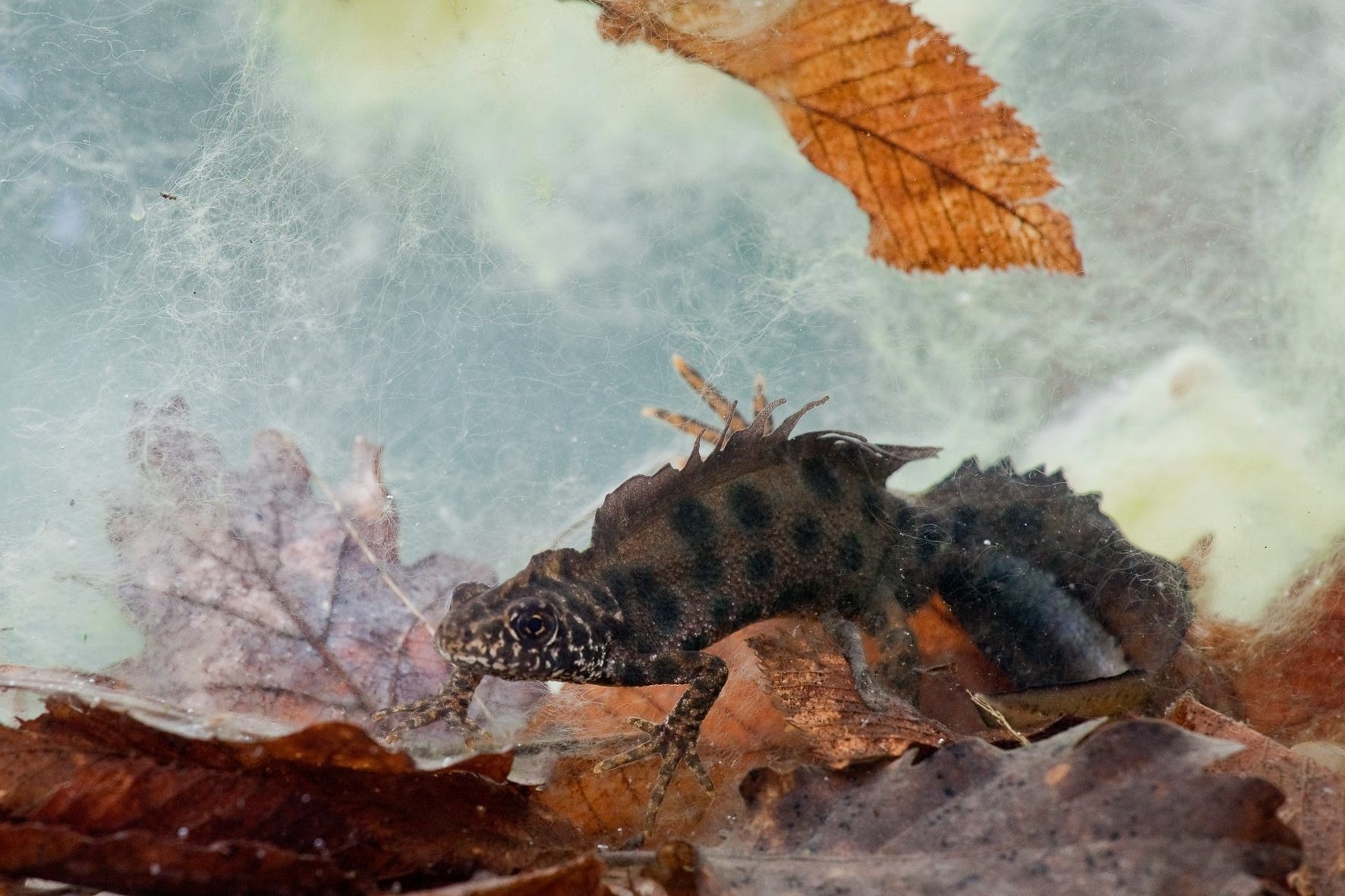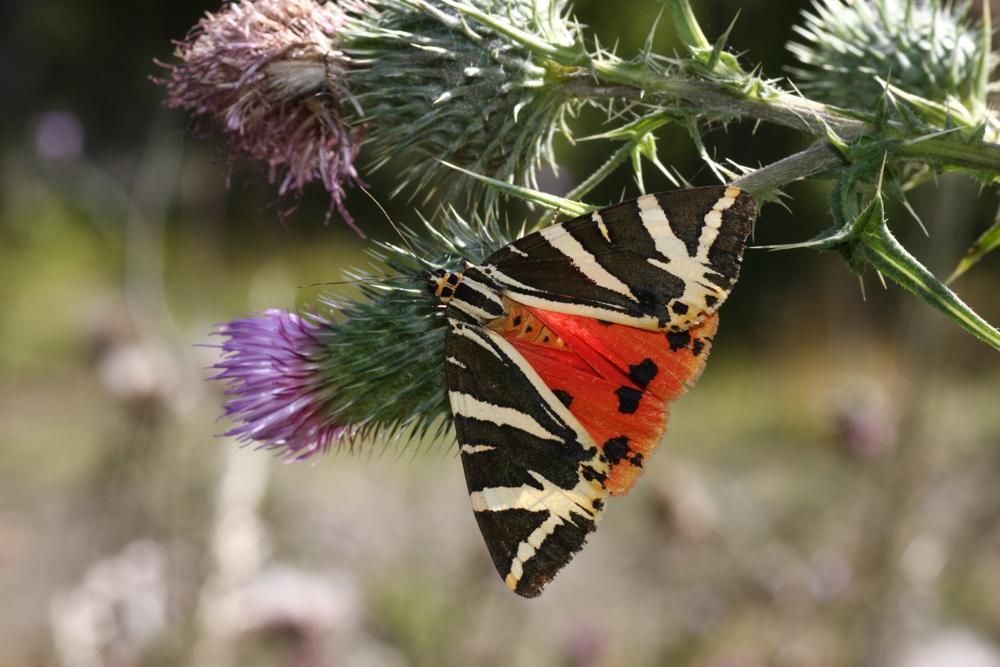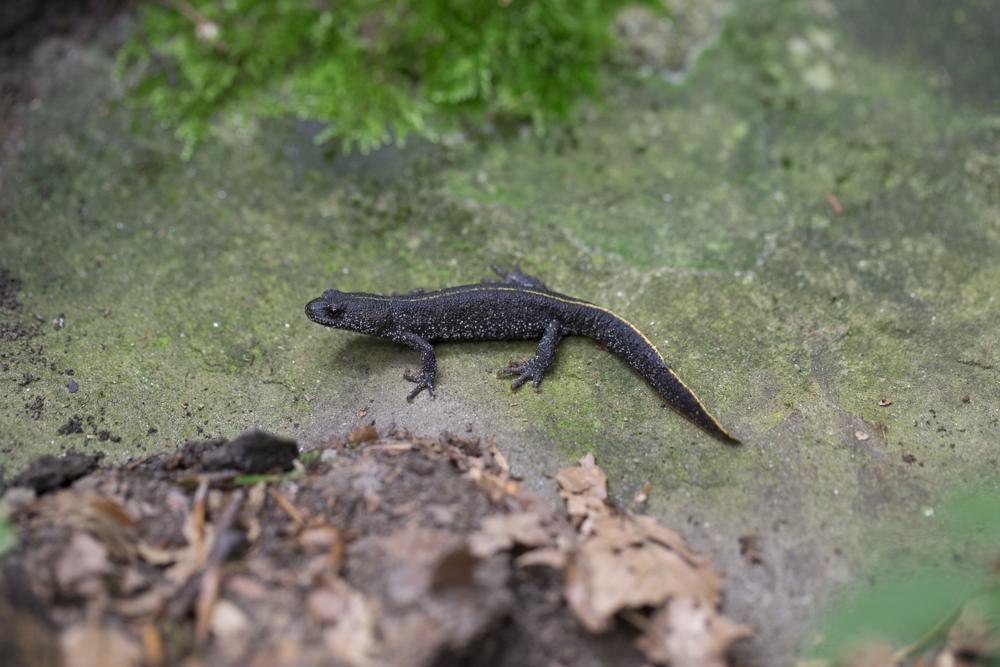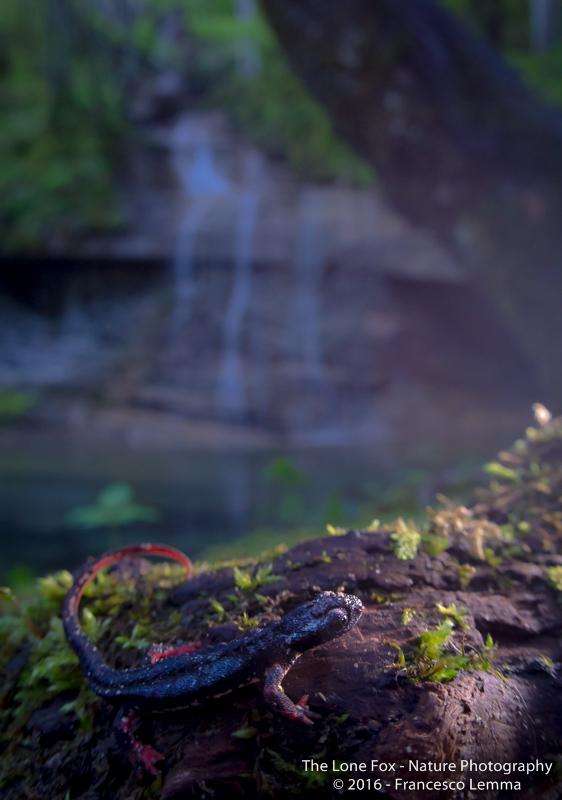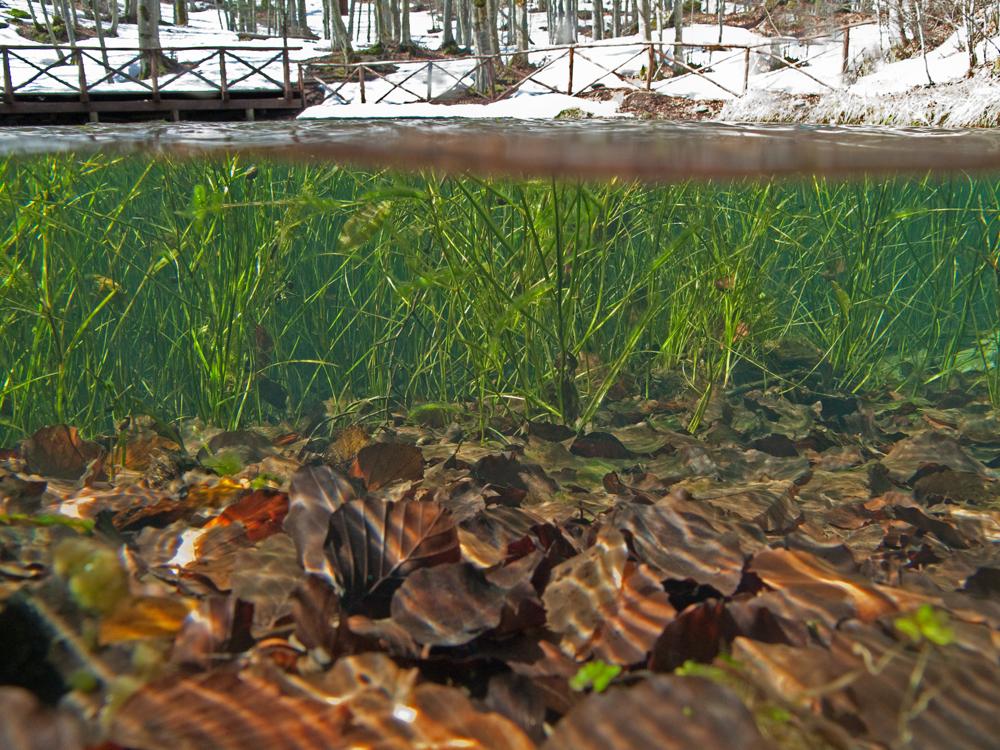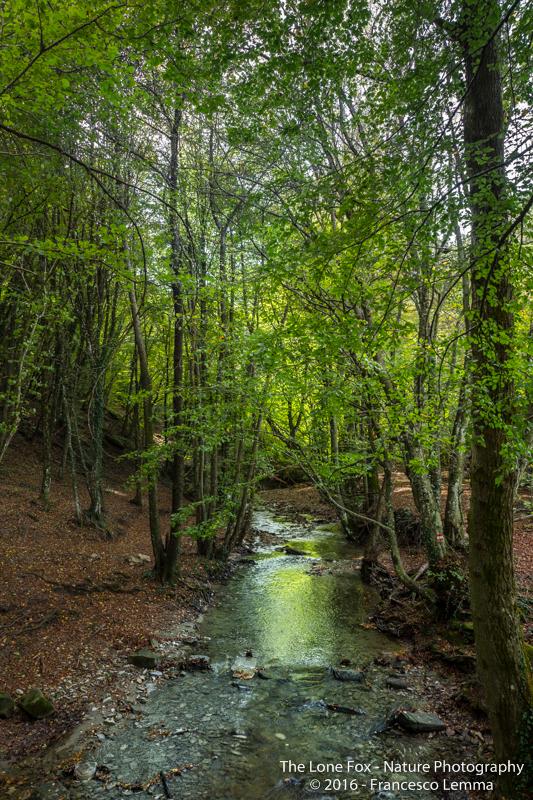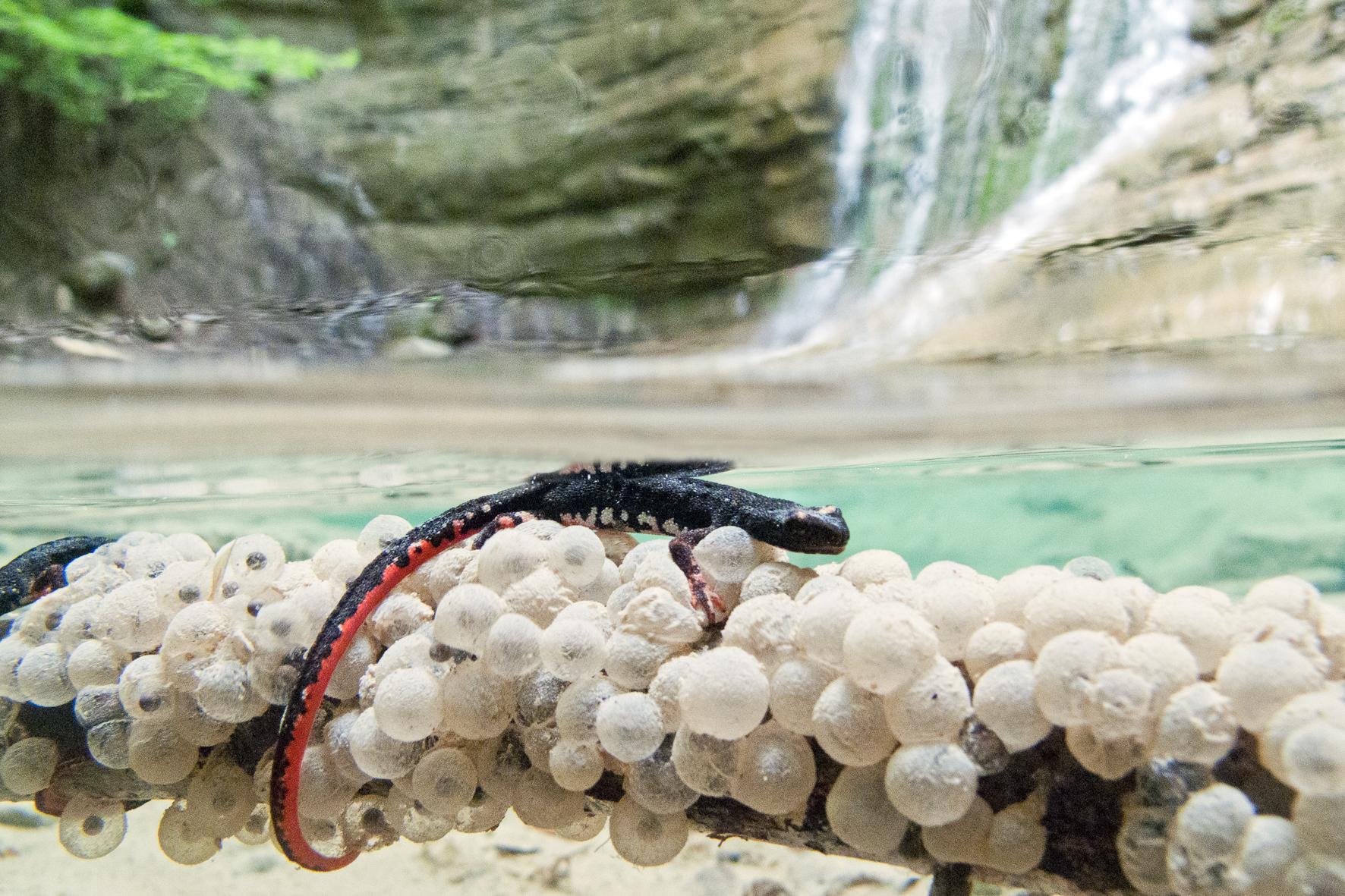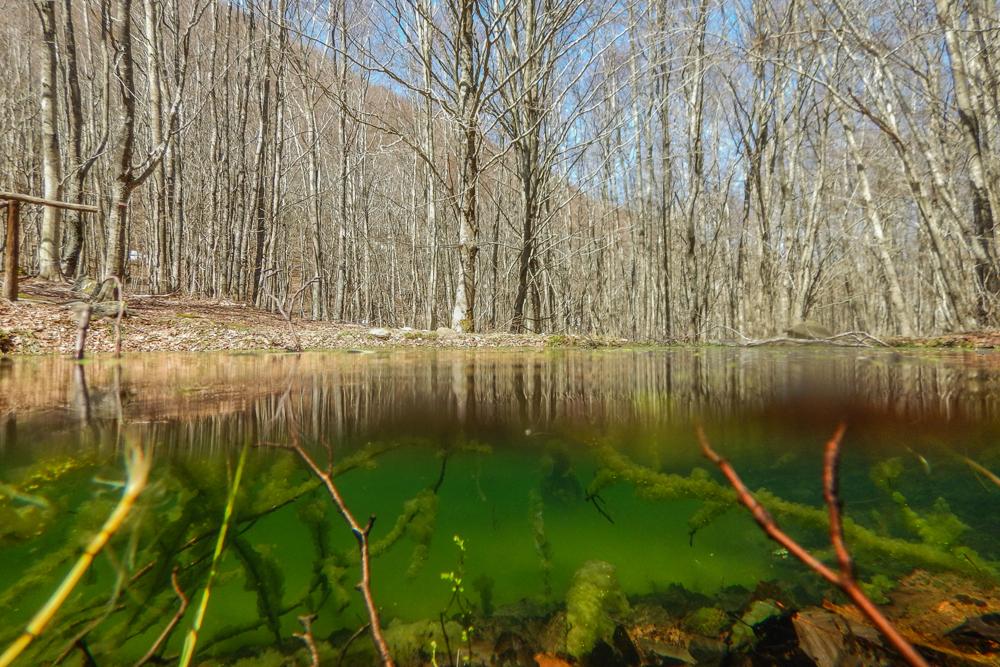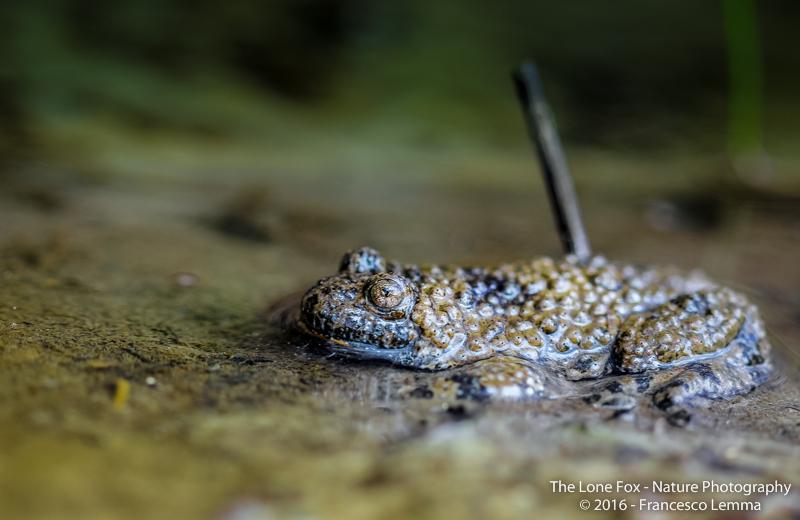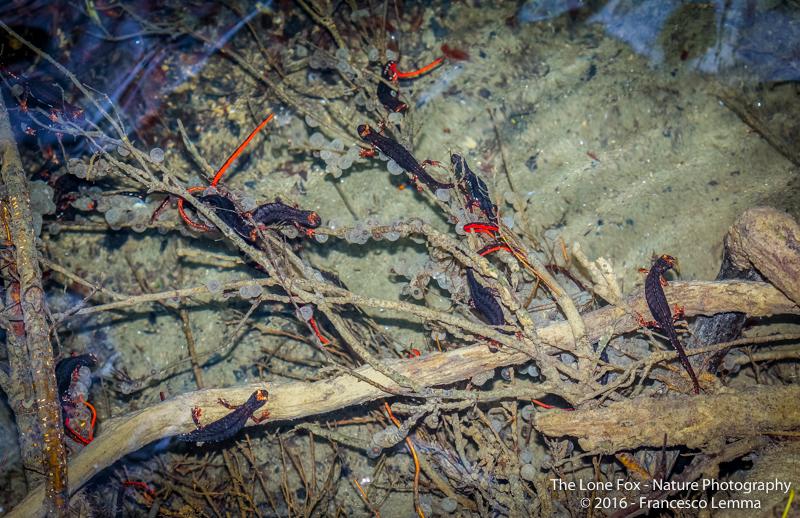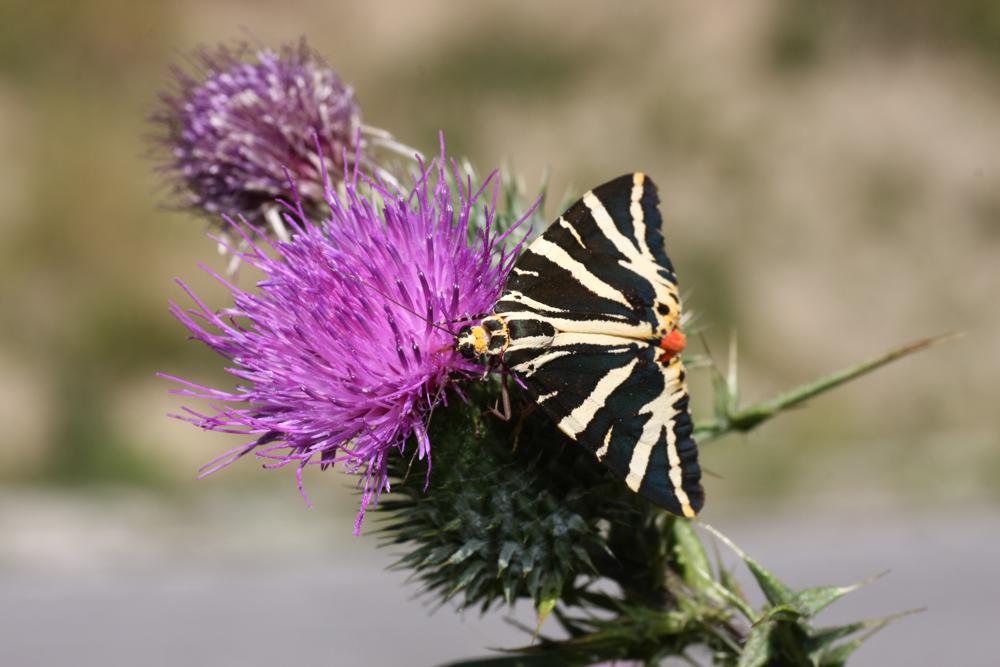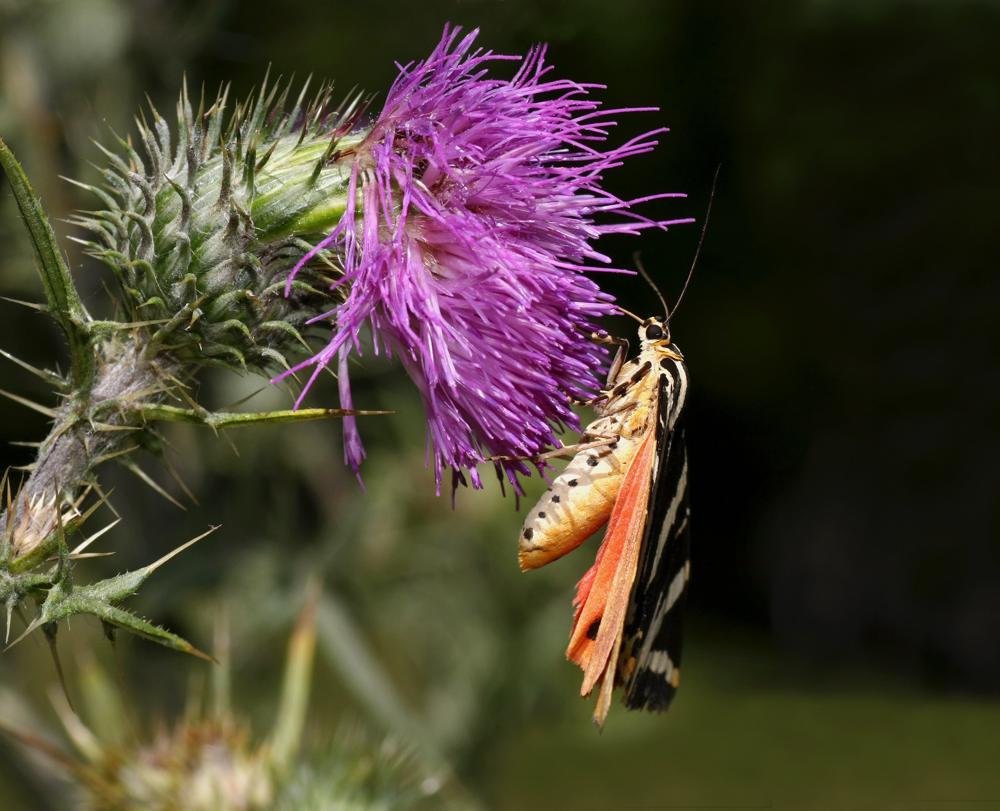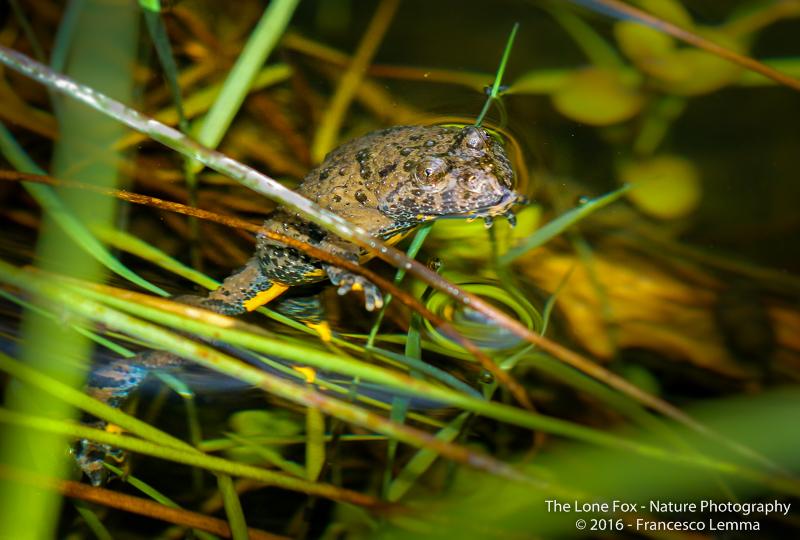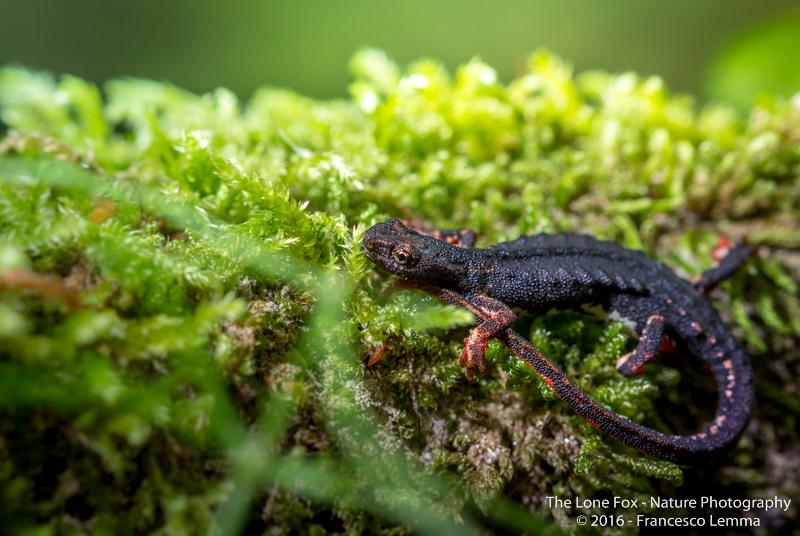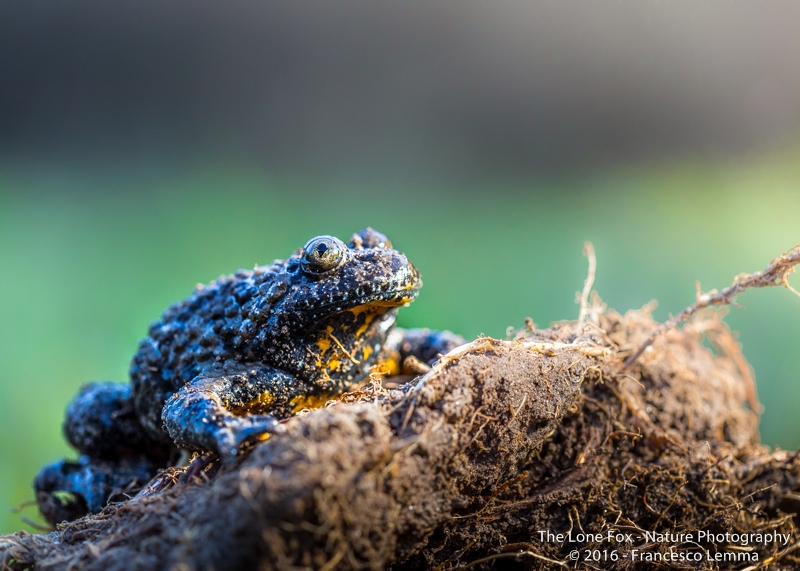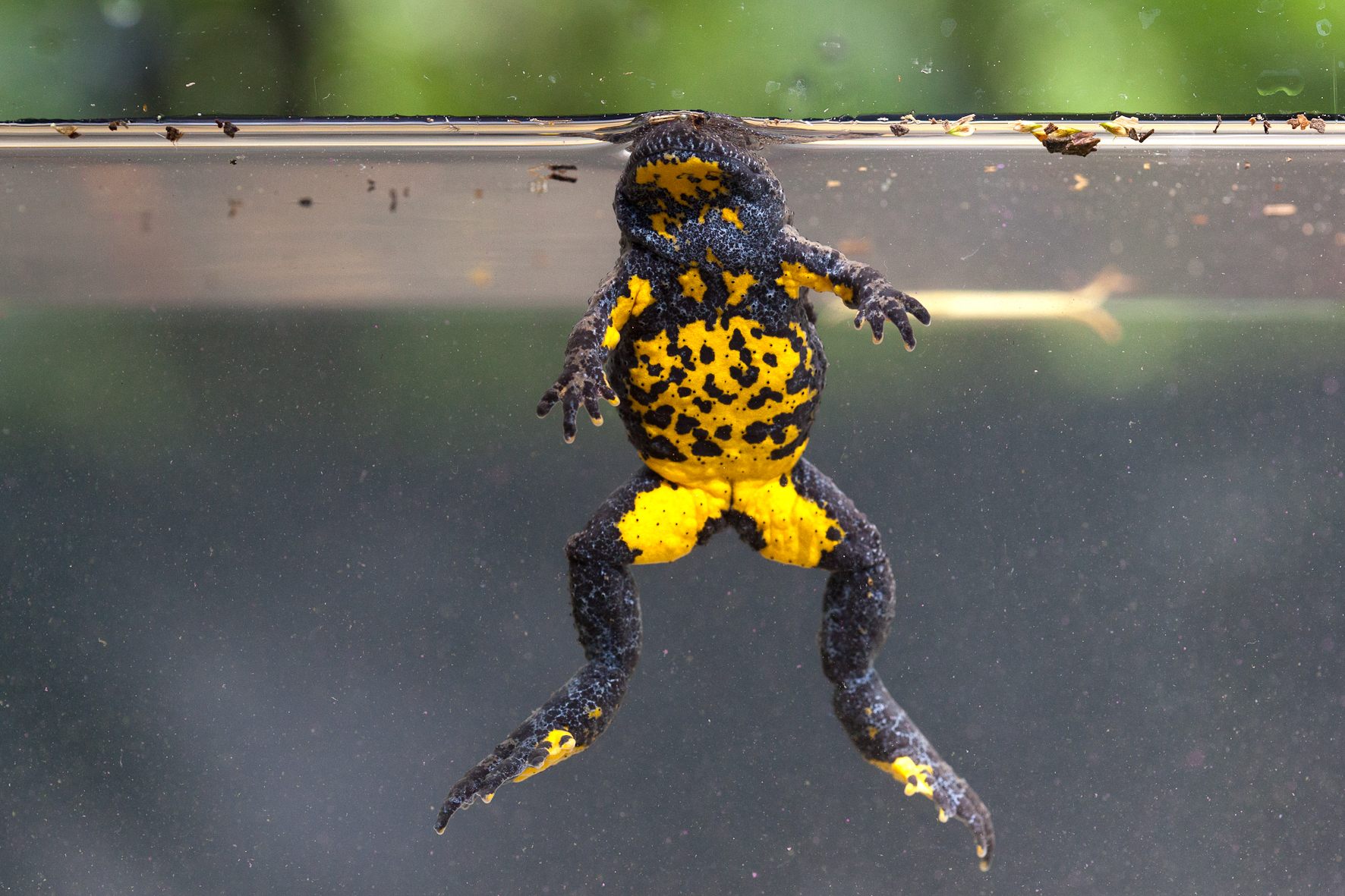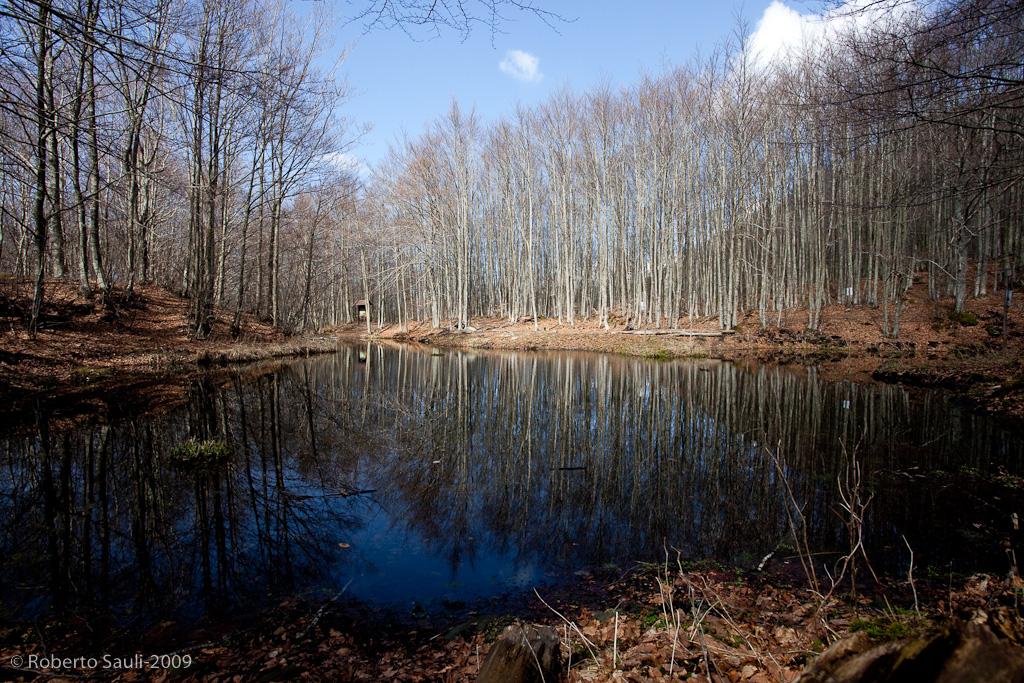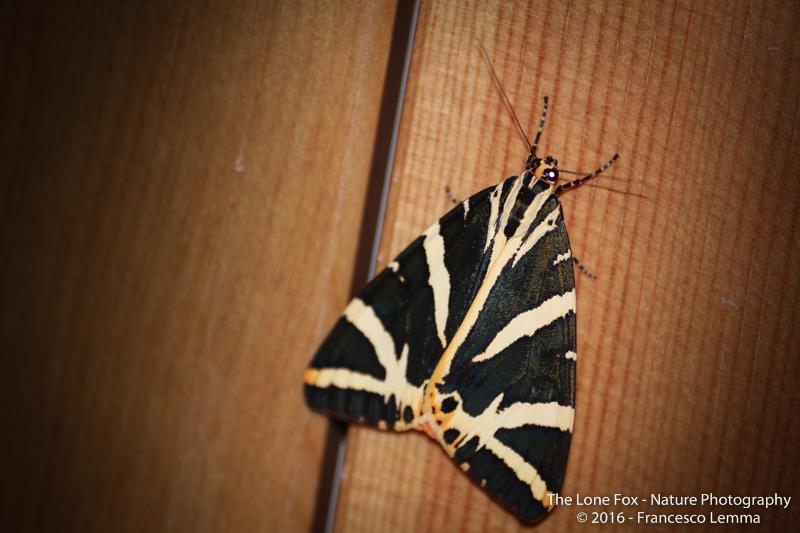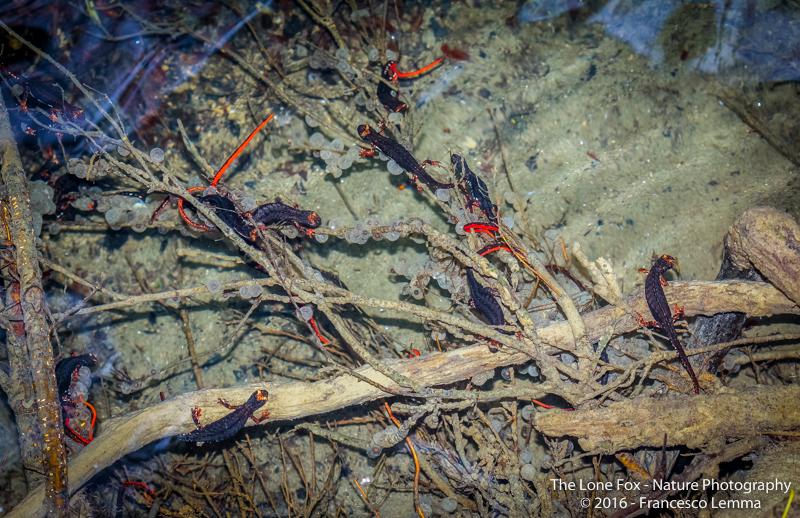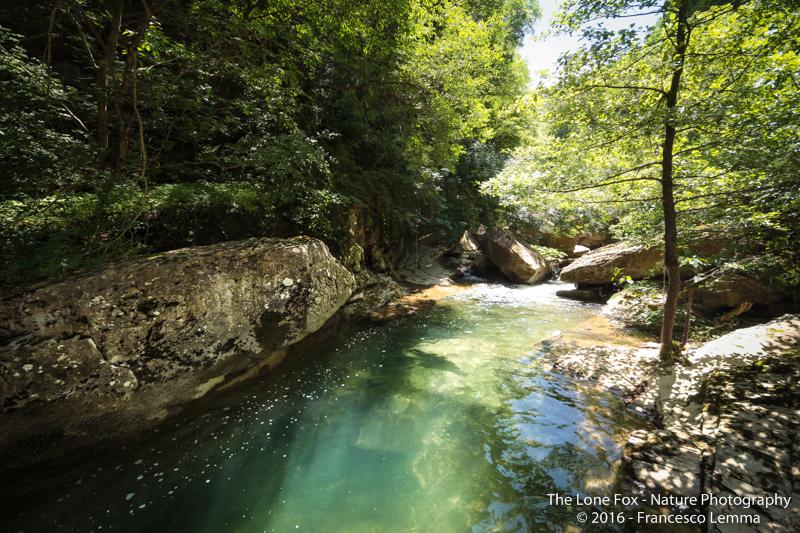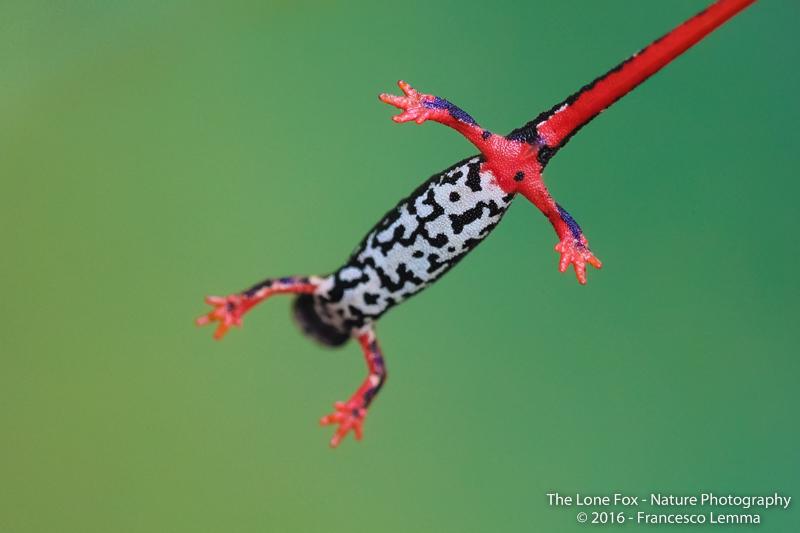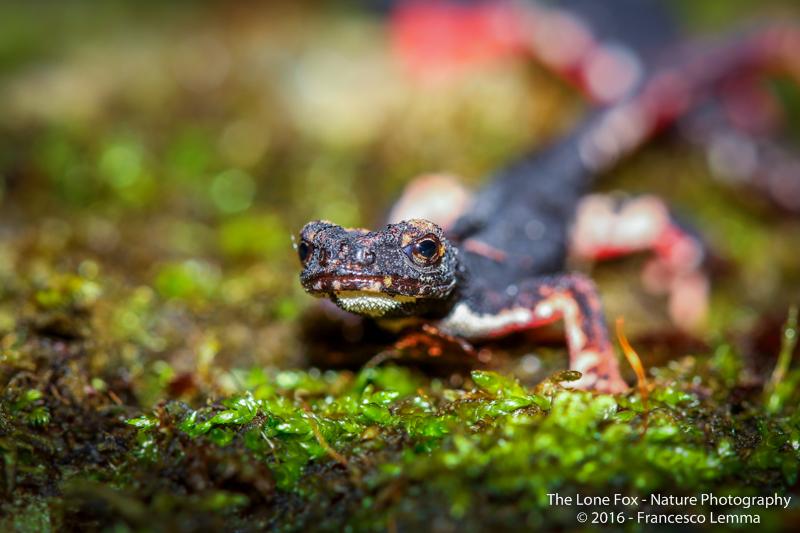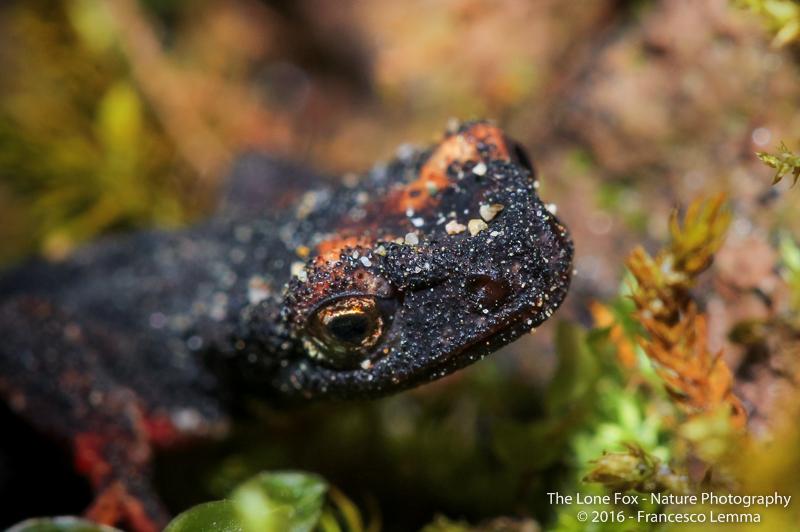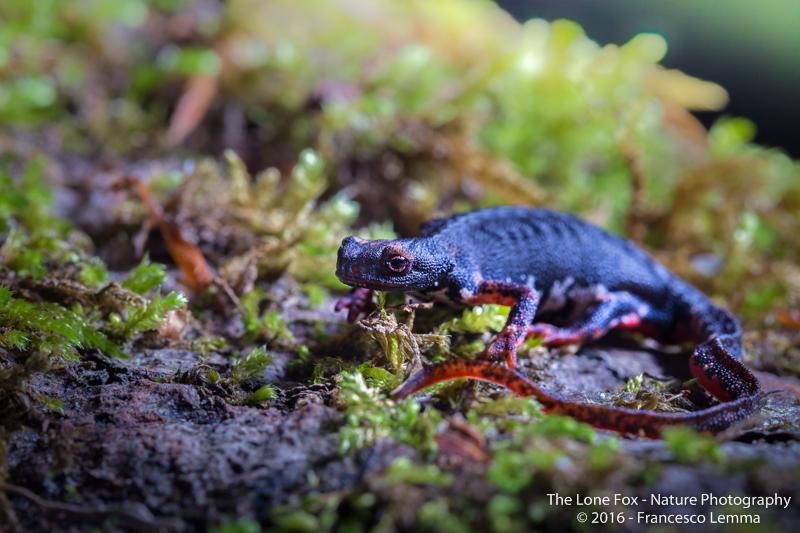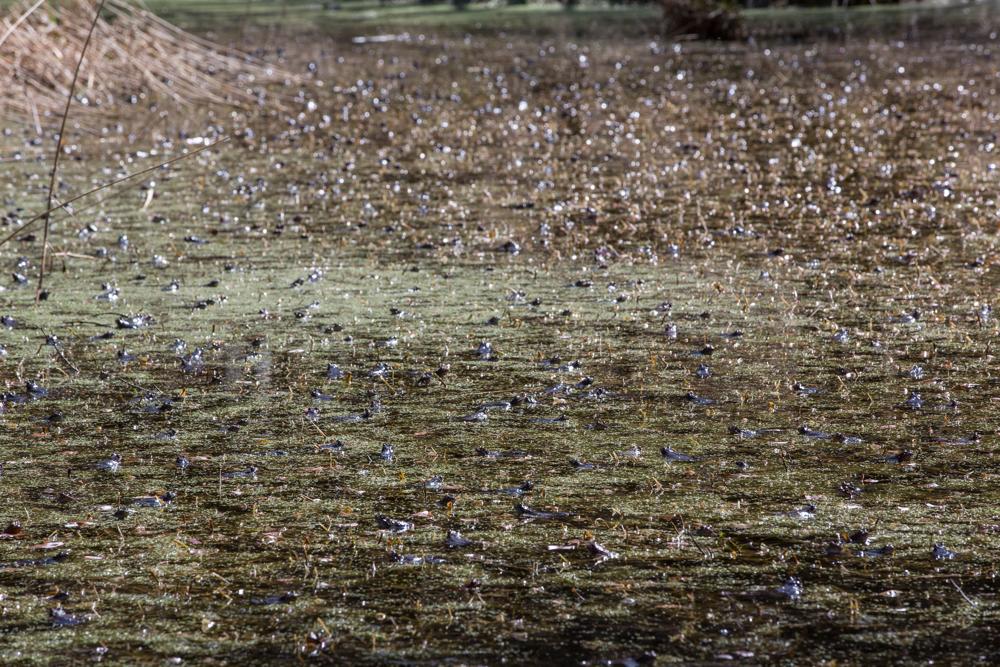|
|
Amphibian species, slight build, the total length varies between 7 and 11 cm (maximum size reached by females) and about 1/3 of it is formed by the tail. The back has a mimetic colouring, ranging from dark brown to black. The underside , instead, reveals a white, black and red pattern. The head has a “V” shaped lighter coloured spot forming a sort of “spectacles”, which are the origin of the common name of the species.
The species is included in Annexes II and IV of DC/92/43 CEE and protected in Tuscany in agreement with L.R. 56/2000 (Regional Law 56/2000) and in Region Emilia Romagna in agreement with L.R. 15/2006 (Regional Law 15/2006) . It is endemic to Mainland Italy from the Region Liguria to Northern part of Region Campania.
The Spectacled Salamander is linked to well structured woods, mainly broadleaved, located low hilly lands up to 1500m, crossed by pollution - free streams and torrents, also devoid of fish fauna, where they lay their eggs. The species is generally active from the beginning of April and spawning takes place from the middle of April until the second half of June.
|
|
It is a rare species on the Tuscan side of the National Park, whilst it is present on the side of Emilia Romagna Region, where it appears to be widespread in the suitable habitats of the Valleys of Bidente and Corniolo, Ridracoli, Pietrapazza, Rabbi, Montone and Tramazzo.
A critical factor within the Park is represented by the scarcity of adequate breeding sites, therefore the species is particularly threatened by the alteration of these areas (destruction, degradation, pollution). This threat shall be faced within the project through implementation of action C1 and the following re – introduction of the species from contiguous territories (Action C2).
|
Foto: Francesco Lemma |
Another threat for this species within the area covered by the project is the presence of Salmonids which have sporting interest for fishermen (particularly “fario” trout- Salmo trutta trutta): they have in fact been repopulated, often excessively, and re – introduced in watercourses where they were not present.
Salamandrina terdigitata or Salamandrina perspicillata?: The two species of the genus Salamandrina, S. perspicillata and S. terdigitata, were recently separated by using molecular methods (Mattoccia et al., 2005; Nascetti et al., 2005; Canestrelli et al., 2006).
|
Oviposition of the Spectacled Salamander. Foto: Roberto Sauli |


